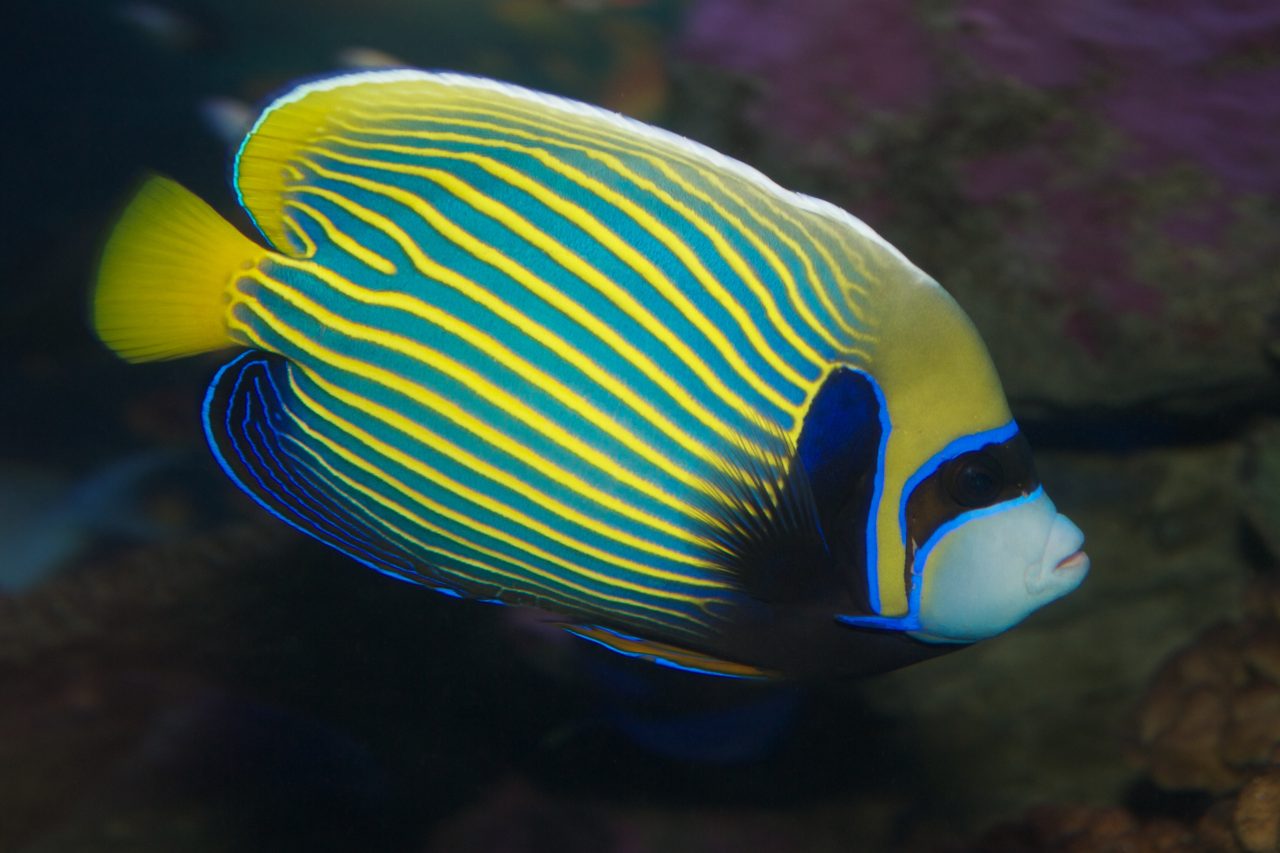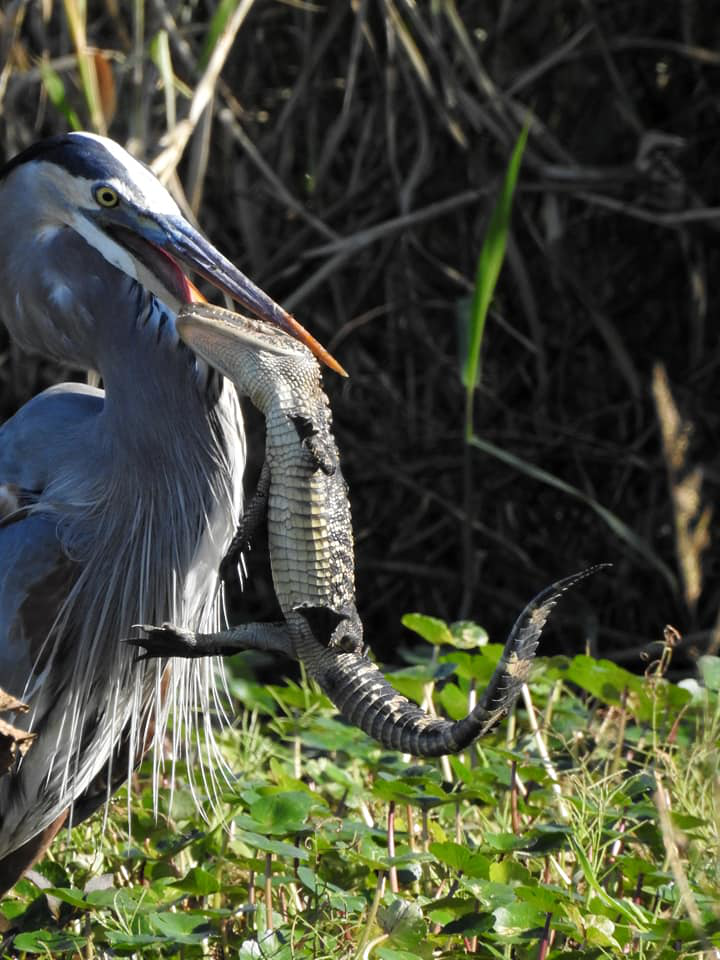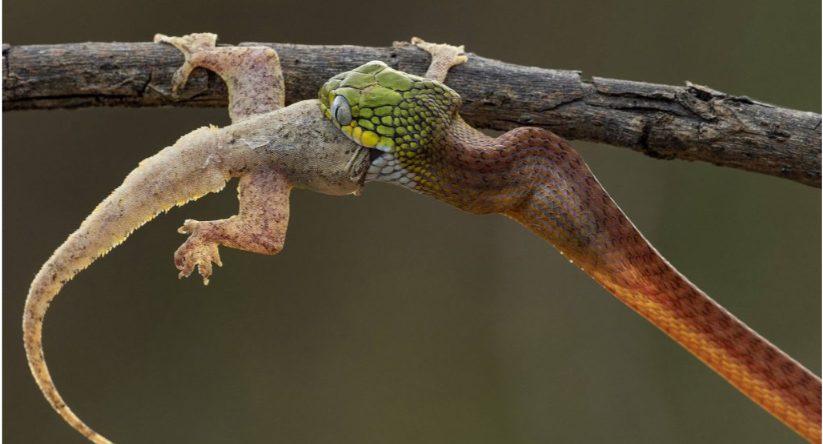Ants and wasps are cooperating, to the detriment of oak trees, as we have just learnt thanks to an observant eight-year-old boy who reported what he saw to his entomologist father.
 Photo: Randy OHC
Photo: Randy OHC
One day, 8-year-old Hugo Deans noticed what looked like to him seeds around an ant nest. Normally, such observation by a child would go unnoticed, but since Hugo’s father is a professor of entomology at Penn State University, this time it all ended differently. Andrew, the father, immediately realized Hugo had spotted something important – an ant-wasp collaboration, as further investigation revealed.
The ‘seeds’ Hugo found turned out to be wasp galls and Andrew started wondering how they ended up around the ants’ nest. He decided to investigate the matter further, which eventually lead to a full-blown paper in American Naturalist, revealing wasps are using oak trees as unfortunate intermediaries to gain ant protection for their young.
 An ant drags a wasp gall full of larvae from a wasp that has figured out how to manipulate not only oak leaves to make galls, but also ants to return them to their nest. Image Credit: Andrew Deans
An ant drags a wasp gall full of larvae from a wasp that has figured out how to manipulate not only oak leaves to make galls, but also ants to return them to their nest. Image Credit: Andrew Deans
Many species of wasps lay their eggs on leaves – oak leaves being their favorite – and apparently they also inject something into them, thereby manipulating the plant and creating a gall that protects their eggs and larvae from predators and the environment.
At the same time, many plants use ants to disperse their seeds – a practice called ‘myrmecochory’. How do they do it? Well, they give the ants’ offspring space, while preventing consumption, by producing special seed appendages, known as elaiosomes. As opposed to the seeds themselves, elaiosomes are tasty to ants, and get consumed in the nest.
“In myrmecochory, ants get a little bit of nutrition when they eat the elaiosomes, and the plants get their seeds dispersed to an enemy-free space,” Deans explained in a statement. “The phenomenon was first documented over 100 years ago and is commonly taught to biology students as an example of a plant-insect interaction.”
Deans then noticed that, near the nests, the galls were missing caps otherwise typical of this species, thereby concluding that caps were eaten by the ants. “Ultimately this led us to discover that gall wasps are manipulating the oaks to produce galls, and then taking another step and manipulating ants to retrieve the galls to their nests,” Deans said.
Is wintering in an ants’ nest an extra level of protection from predators, or is it to avoid getting waterlogged? We don’t know but either way, “this multi-layered interaction is mind-blowing,” according to Deans. “It’s almost hard to wrap your mind around it.”
But it’s all real, the team confirmed after finding galls safely stashed in the ants’ nests after the caps have been eaten. They found that the ants are just as attracted to the caps as to elaiosomes, treating galls and seeds alike but spurning uncapped galls. Chemical analysis of the caps revealed a high content of fatty acids – just like in dead insects that form the bulk of the ants’ diet.
Ant dragging an oak gall containing wasp larvae. Scientists observed ants transporting galls to their nests, where all the edible caps were removed, while the galls themselves remained intact.
Inspired by the results, the researchers are now trying to find out how the practice evolved. Have ants been bringing seeds back to their nests for a long time, with the wasps realizing they could get in on the act by forcing the oaks to produce tasty caps on top of the galls? Or has Hugo stumbled upon something original, with myrmecochory being an imitation developed to take advantage of an existing ant behavior engendered by the wasps?
Since myrmecochory is simpler and has been known for a century, the first option seems more likely. The researchers are not so sure though, as myrmecochory is limited to a small number of plants and may be quite a new development of evolution after all. So they decided study the question further.
But what about Hugo? Children who have played a part in scientific research in a way or another often want to become scientists themselves, but not him. “I want to be different…unique…when I grow up,” he told Penn State’s media department. So for now, he’s not planning to follow his father’s footsteps, but since he’s so good at observing nature, who knows what the future will bring for him?
Sources: 1, 2, 3








